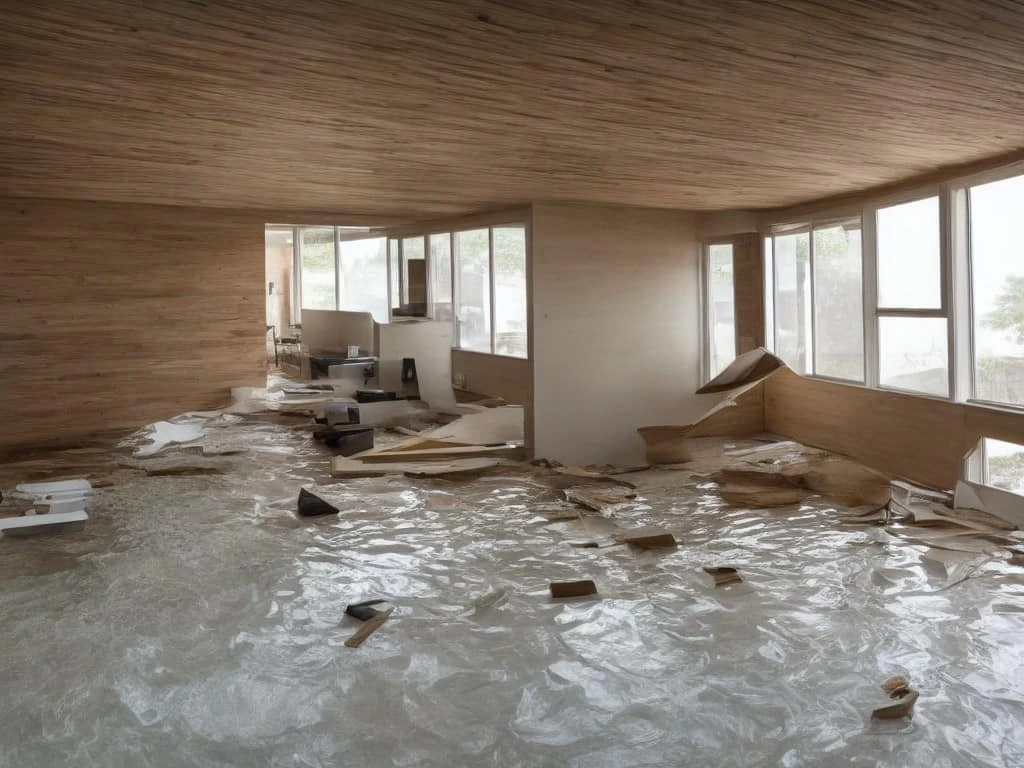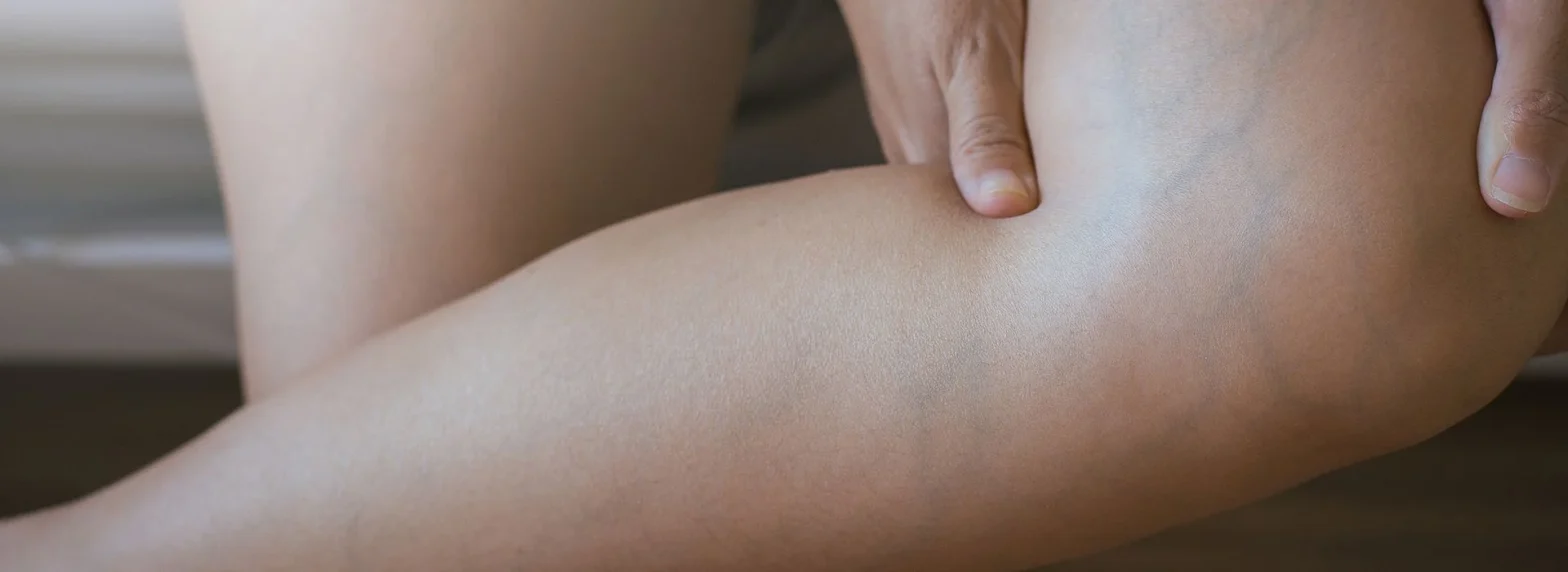When dealing with persistent discomfort or injury, many people wonder why they should visit a specialized back pain center instead of a standard medical clinic. Understanding the differences can help patients make informed decisions and receive the care they truly...
Read More1. Plumbing Leaks: A Hidden Menace
Plumbing leaks are one of the primary causes of home water damage Toronto. Over time, pipes can deteriorate, joints may loosen, and leaks can develop in areas that are hard to detect. Even a slow drip can lead to significant structural damage, mold growth, and increased water bills. Homeowners should regularly inspect visible pipes and address any signs of corrosion or water pooling.
2. Burst Pipes: A Winter Hazard
During Toronto’s harsh winters, freezing temperatures can cause pipes to burst. When water inside the pipes freezes, it expands, putting immense pressure on the pipe walls. This often results in sudden pipe bursts, flooding homes and causing extensive damage. To prevent this, homeowners should insulate exposed pipes, keep their homes warm, and allow faucets to drip during extreme cold spells.
3. Roof Leaks: A Silent Threat
A leaky roof can allow water to seep into a home, causing damage to ceilings, walls, and insulation. Toronto’s varying weather conditions, including heavy snow, ice, and rain, can weaken roofing materials over time. Missing shingles, clogged gutters, and deteriorating flashing can all contribute to roof leaks. Regular roof inspections and timely repairs can help prevent water infiltration.
4. Basement Flooding: A Recurring Problem
Basement flooding is a common issue that contributes to home water damage in Toronto. Heavy rainfall, melting snow, and poor drainage systems can lead to water seeping into basements. Cracks in the foundation, malfunctioning sump pumps, and blocked drainage systems can make the situation worse. Homeowners should ensure proper grading around their homes, maintain their sump pumps, and seal foundation cracks to prevent basement flooding.
5. Faulty Appliances: Unexpected Water Disasters
Household appliances like washing machines, dishwashers, and water heaters can cause water damage if they malfunction. Worn-out hoses, faulty seals, or internal leaks can release large amounts of water into a home. Regularly checking appliances for leaks, replacing old hoses, and performing routine maintenance can help prevent costly water damage.
6. Clogged Gutters and Downspouts: A Drainage Dilemma
Gutters and downspouts are designed to direct water away from a home’s foundation. However, when they become clogged with leaves, debris, or ice, water can overflow and seep into walls, basements, and crawl spaces. Cleaning gutters regularly and ensuring downspouts direct water at least six feet away from the house can help minimize water damage risks.
7. Poor Drainage Systems: An Overlooked Issue
A home’s drainage system plays a critical role in preventing water damage. Poorly maintained drainage systems can lead to standing water around the foundation, which increases the risk of leaks and structural damage. Installing French drains, clearing debris from drainage areas, and ensuring proper soil grading can prevent water accumulation near the foundation.
8. HVAC System Leaks: A Slow but Steady Problem
Heating, ventilation, and air conditioning (HVAC) systems can develop leaks that lead to moisture buildup in homes. Clogged drain lines, broken condensate pumps, and improperly maintained units can all contribute to water damage. Homeowners should schedule regular HVAC maintenance, clean drain lines, and check for water buildup to avoid costly repairs.
9. Sewer Backups: A Major Health Hazard
Sewer backups can be a nightmare for homeowners, leading to extensive water damage and serious health risks. Heavy rain, tree root intrusion, or clogged sewer lines can cause wastewater to back up into homes. Installing a backwater valve, avoiding flushing non-biodegradable items, and maintaining the sewer system can help prevent backups.
10. Foundation Cracks: An Entry Point for Water
Cracks in a home’s foundation can allow water to seep into basements and crawl spaces. Over time, soil movement, hydrostatic pressure, and freeze-thaw cycles can create small cracks that gradually expand. Sealing foundation cracks and applying waterproof coatings can help prevent moisture intrusion and structural damage.
11. Heavy Rainfall and Flooding: A Natural Risk
Toronto experiences periods of heavy rainfall, which can overwhelm drainage systems and cause flooding. Poor landscaping, clogged storm drains, and inadequate waterproofing can make homes more susceptible to water damage. Installing proper drainage solutions, using water-resistant materials, and maintaining exterior waterproofing can help reduce the impact of heavy rain.
12. Ice Dams: A Cold-Weather Concern
Ice dams form when snow melts on the roof and refreezes at the edges, blocking water from draining properly. This trapped water can seep under shingles and into the home, causing interior water damage. Proper insulation, roof ventilation, and removing excess snow from the roof can help prevent ice dams from forming.
13. Leaking Windows and Doors: Small Gaps, Big Problems
Gaps around windows and doors can let water in during rainstorms. Over time, caulking and weather stripping can degrade, allowing moisture to seep into walls and floors. Regularly inspecting and resealing windows and doors can help keep water out and prevent damage.
14. Overflowing Toilets and Sinks: A Preventable Problem
A clogged toilet or sink can overflow, spilling water onto floors and into walls. If left unchecked, this can lead to mold growth, warped flooring, and damaged cabinetry. Homeowners should avoid flushing items that can cause blockages, address slow drains promptly, and educate household members about proper plumbing usage.
15. Improper Landscaping: A Hidden Culprit
Improper landscaping can contribute to water damage by directing water toward the home instead of away from it. Sloping soil towards the foundation, planting trees too close to pipes, and inadequate drainage solutions can all increase water intrusion risks. Ensuring proper grading, using mulch, and installing landscaping features that promote drainage can help protect homes from water damage.
Preventative Measures to Protect Your Home
Preventing home water damage in Toronto requires proactive maintenance and awareness. Here are some essential steps homeowners can take:
- Regular Inspections: Check for leaks, cracks, and signs of moisture.
- Routine Maintenance: Keep gutters, downspouts, and sump pumps in good condition.
- Sealing and Waterproofing: Seal windows, doors, and foundation cracks.
- Proper Drainage: Ensure downspouts direct water away from the foundation.
- Temperature Control: Prevent pipes from freezing by maintaining indoor temperatures.
By taking these steps, homeowners can minimize the risk of home water damage in Toronto and protect their properties from costly repairs. Being proactive is the key to ensuring a safe and dry home all year round.home water damage Toronto




